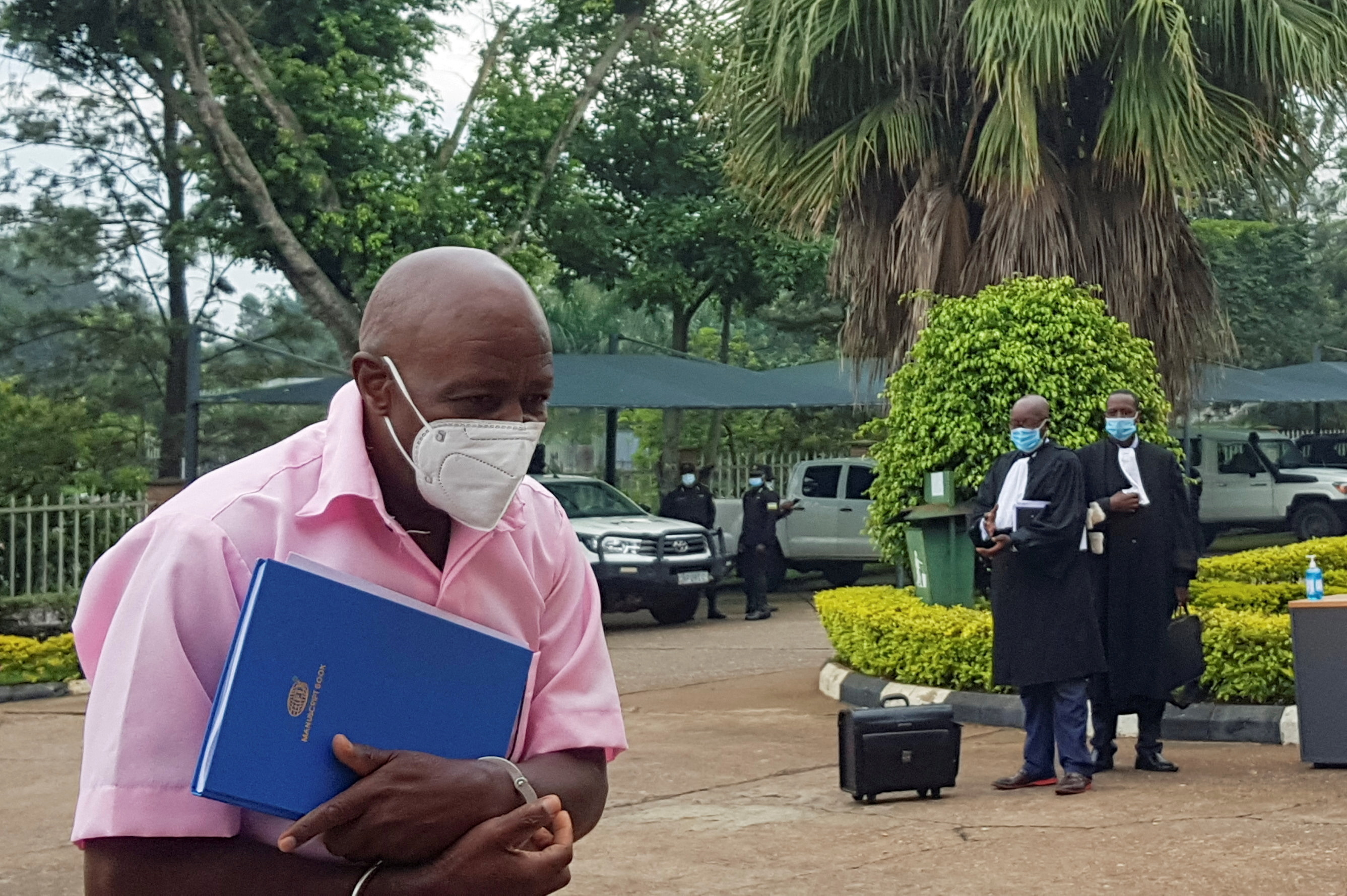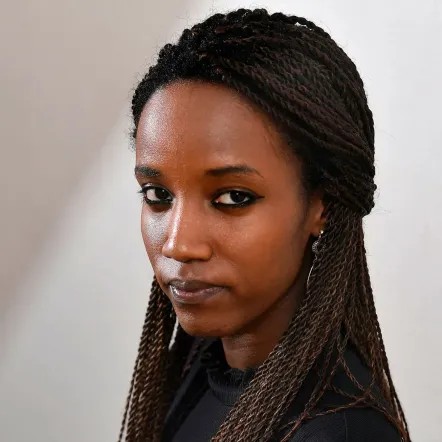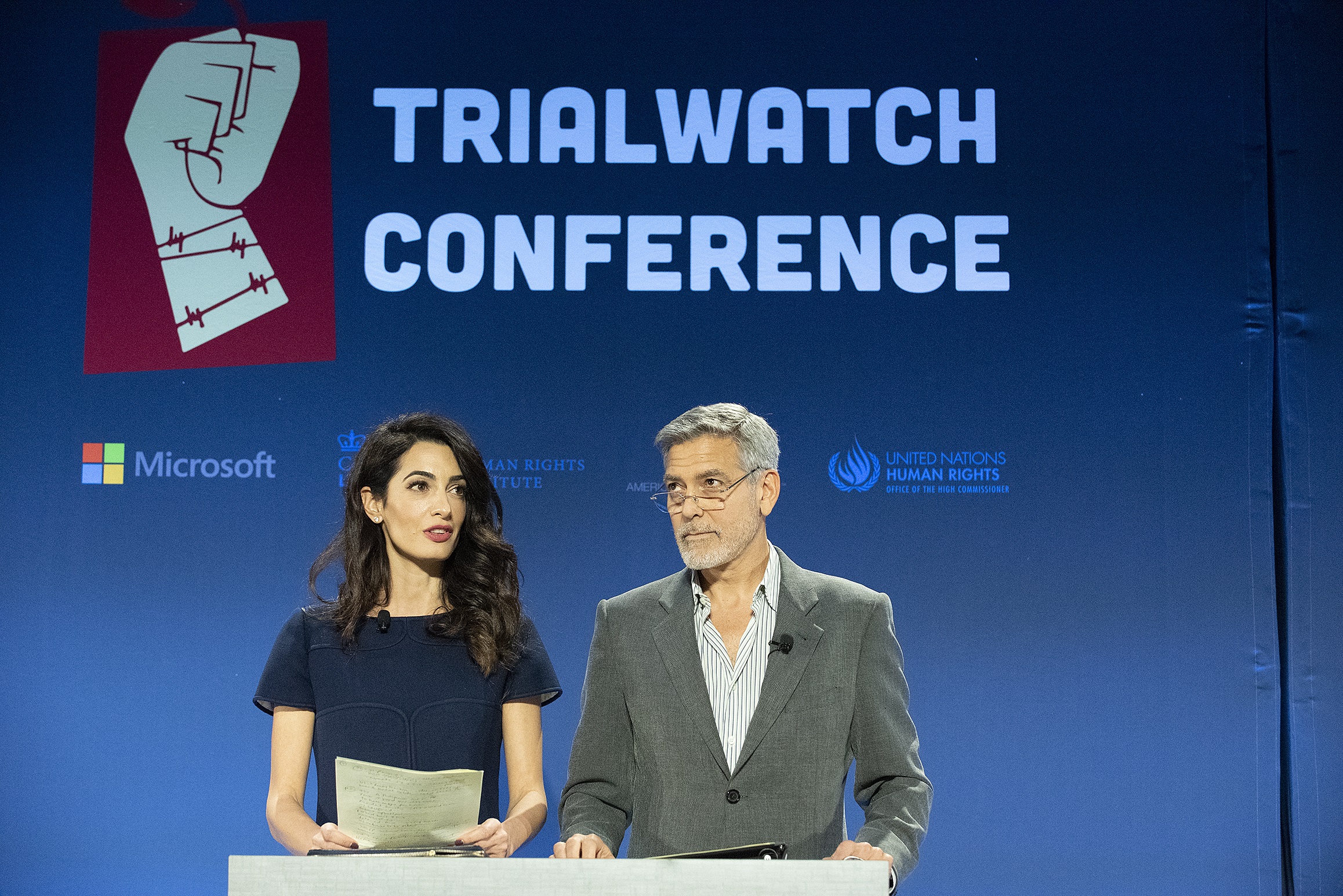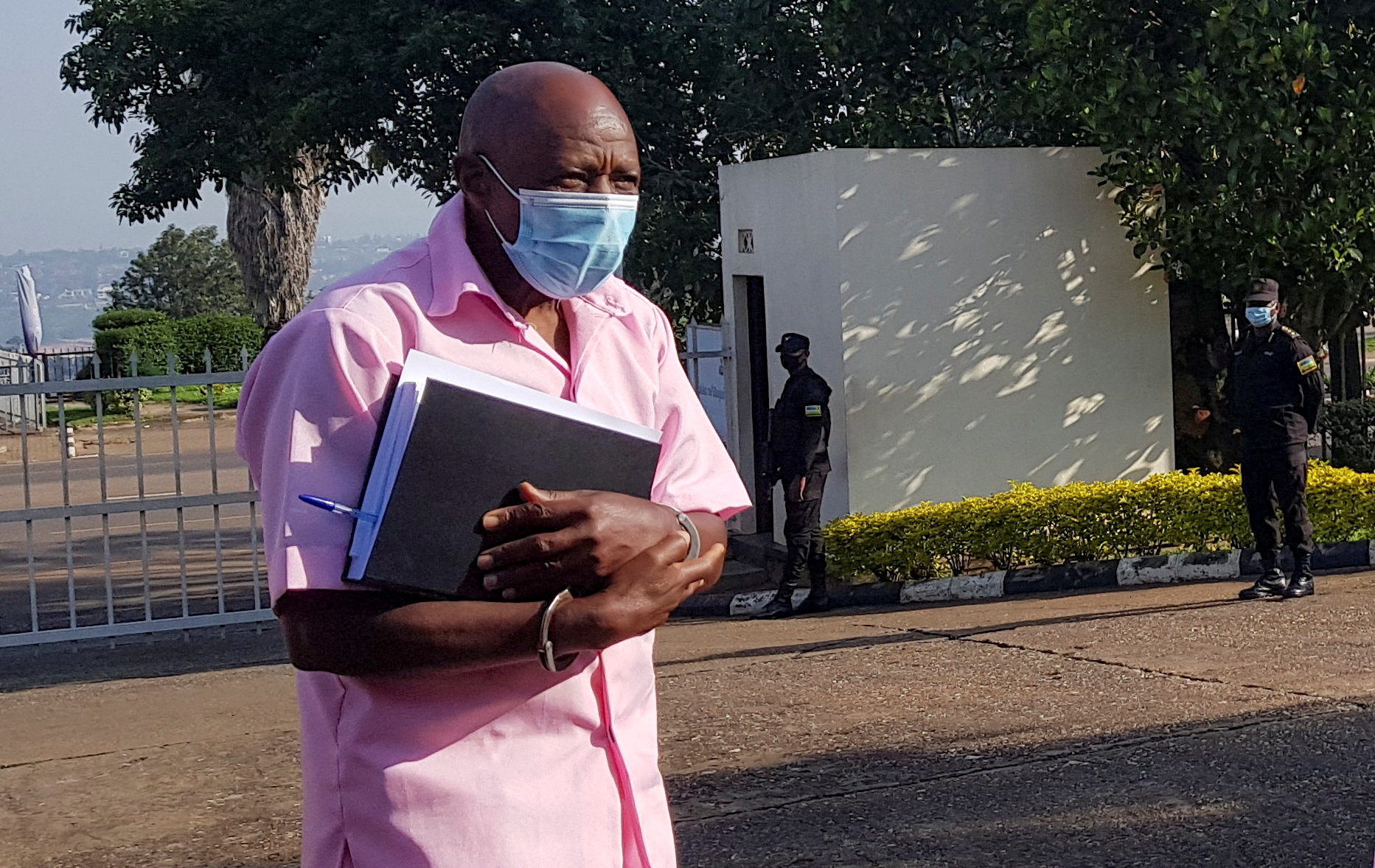International
Why The New York Times is obsessed with Rusesabagina

The New York Times on June 30 published an article; ‘No
One Can Silence Me’: Paul Rusesabagina on His Captivity in Rwanda.”
The
author of the article is their East Africa correspondent, Abdi Latif
Dahir, who previously interviewed Rusesabagina while he was still in prison in
Rwanda.
Unsuspecting readers can easily believe that this was a
story by an objective journalist interested in telling the life of a “hero”
after his release from prison in Rwanda. This is not the case. When one connects the dots on the nature of
the interview, the timing, and the travel of the newspaper’s correspondent from
East Africa to Texas, it is not difficult to realize that the interview was at Rusesabagina’s
request and for a purpose. In short, the New York Times interview gives a
platform to promote Rusesabagina’s political ambitions of becoming the
president of Rwanda.
The claim by the
author that Rusesabagina was promised high level positions “if
he disclosed the foreign governments and accomplices they suspected were
backing his rebellion,” is
not only shallow but even more fictional than Rusesabagina’s
Hotel Rwanda Hollywood movie. Rwanda does not reward criminals with high
government posts.
The intention of the author is to
raise the profile of Rusesabagina as a high profile person who should be
regarded with high esteem.
Ironically, the author turns out to be a prophet with the
ability to predict the future, but his memory betrays him and reveals his
client’s secrets. Although the article was written on June 30, the writer tells
his readers that, “in
time for Independence Day in Rwanda on July 1, he (Rusesabagina) released a
video proclaiming that Rwandans were still not free under Mr. Kagame’s regime,
and that many political prisoners are given sham trials like his.” It beats logic to see that the author tells his
readers of a released video (in past) a day before it happened!
Dahir’s
‘prophesy’ reveals how his travel to Texas was on Rusesabagina’s invitation so
that the NYT can help him promote his political ambitions ahead of July 1, when
Rwanda commemorates Independence Day.
The secret plan
was that the New York Times article would be a curtain raiser to Rusesabagina’s
video message the following day. The choice of the photo used in the story of
certificates showing that President
George W. Bush awarded the Presidential Medal of Freedom to Rusesabagina in
2005, also served to remind readers that Rusesabagina is a “hero” who was
recognized by none other than the president of the United States.
The crux of the story is revealed
when the author engages in an interview with Prof. Timothy P. Longman, of Boston University on the
suitable candidate to be the president of Rwanda.
Longman replies that Rusesabagina,
“probably has more of a platform than anyone else,” because of his prominence
and the international attention to his case.
Longman does not hide his
disappointment when he further says that, “I am not optimistic for radical
change in Rwanda anytime soon.”
In 1995-1996, Longman served as the head of the field office of
Human Rights Watch and the International Federation for Human Rights (FIDH) in Rwanda.
In his book, Memory and Justice in Post-Genocide Rwanda, Longman
depicts the Rwandan government as “authoritarian”, which hinders, “the ability of transnational justice to bring the radical
social and political transformations.”
The New York Times article again regurgitates the stale Western
narrative that Kagame has over stayed in power, ruling Rwanda for three decades, “jailing critics, targeting opponents
abroad and recently, purging his
military leadership. …”
What
the likes of New York Times forget is that the more they criticise Kagame, the
more Rwandans realize they have a great leader.
Their obsession
with Rusesabagina is all about the Western ploy to influence change of
government in Rwanda. According to their narrative, Kagame has over stayed and
it is time to replace him with a Western made “hero” called Rusesabagina. They
forget that Kagame’s legitimacy and longevity in power is derived from
democratic decision by majority Rwandans rather than Western media influence. In
Rwanda it does not work that way.
Rwandans deserve better.
Rusesabagina is
still a criminal under parole who was pardoned by President Kagame’s
prerogative of mercy that commuted the 25 year jail term for his terrorist
activities. Rusesabagina established an outfit called
MRCD, whose armed terror group, FLN, is responsible for killing nine people in
south-western Rwanda.
His utterances in the New York Times is a breach of his
own appeal for clemency; promising to retire
“in quiet reflection” if released, and refraining from political activities.



.jpeg-20230128110430000000.jpeg)





